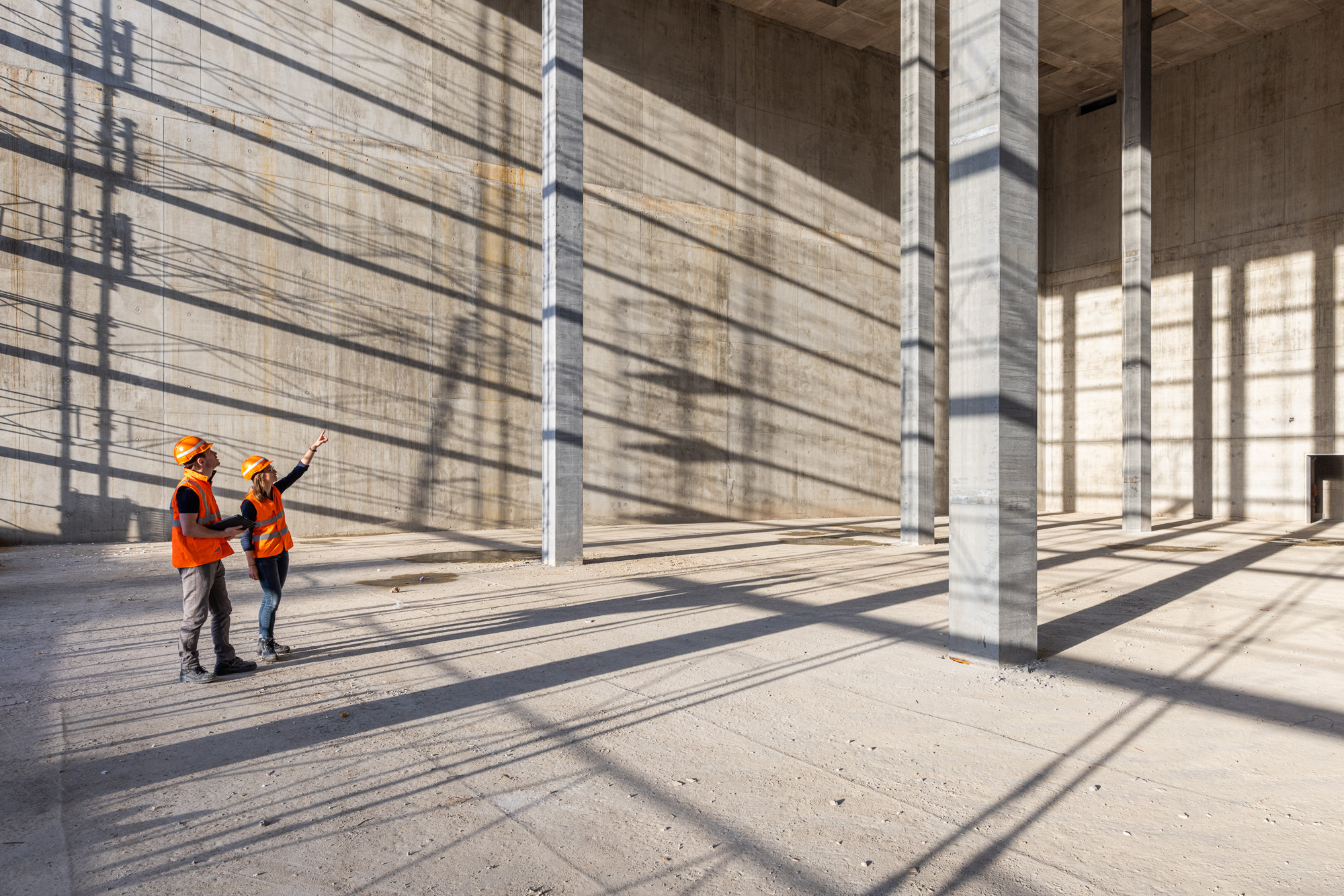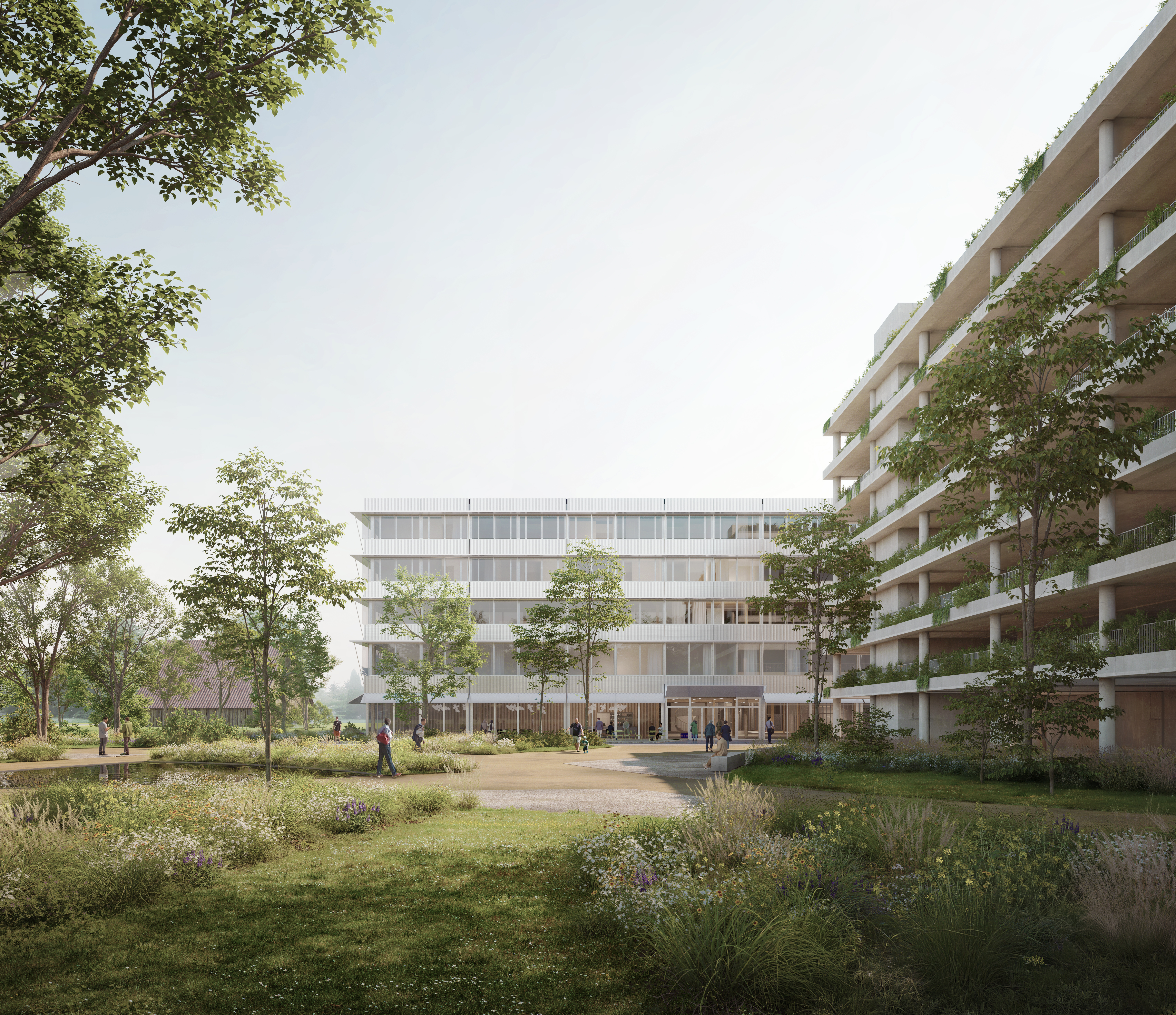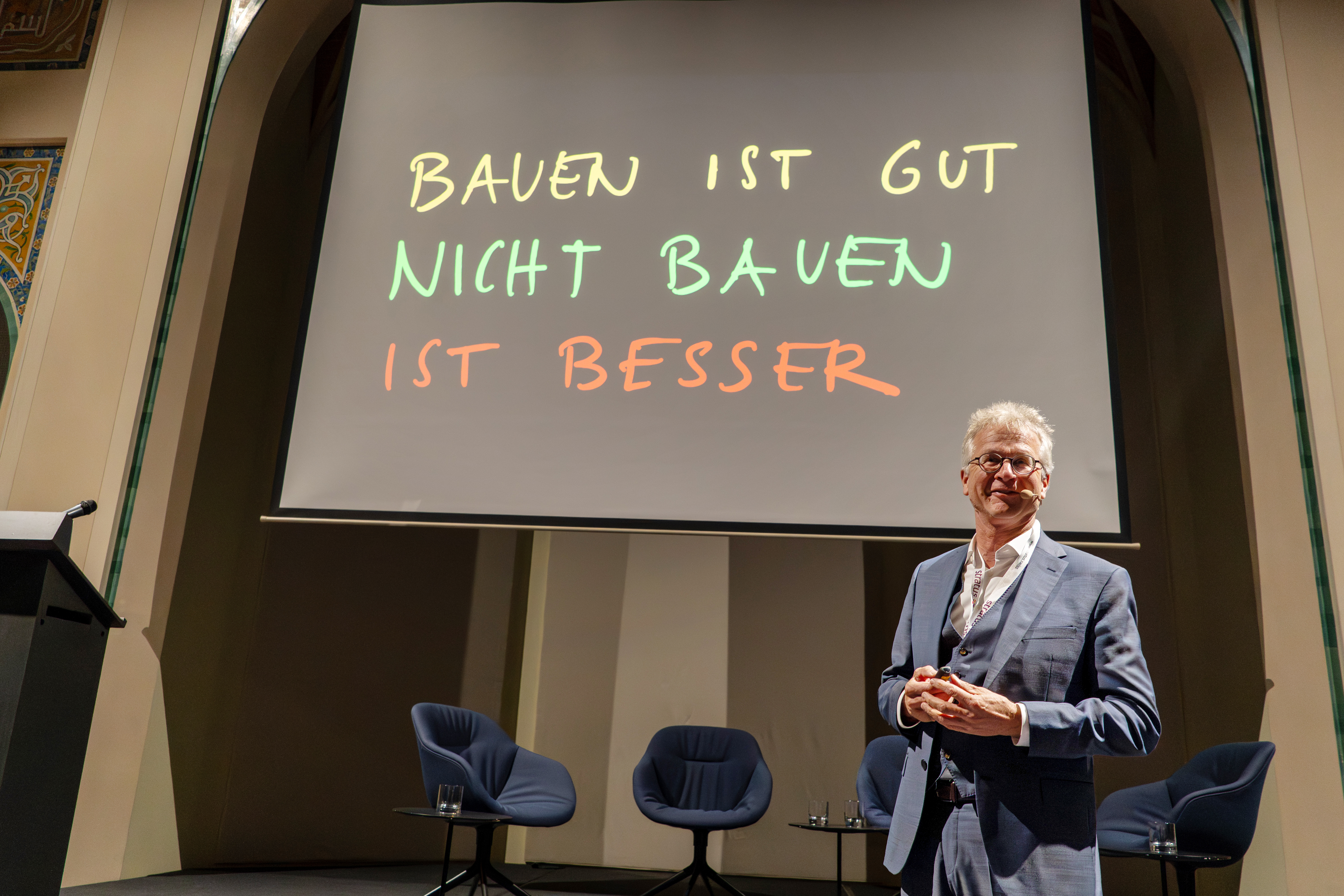Structures with a vision: How life cycle analysis' pave the way to sustainable buildings
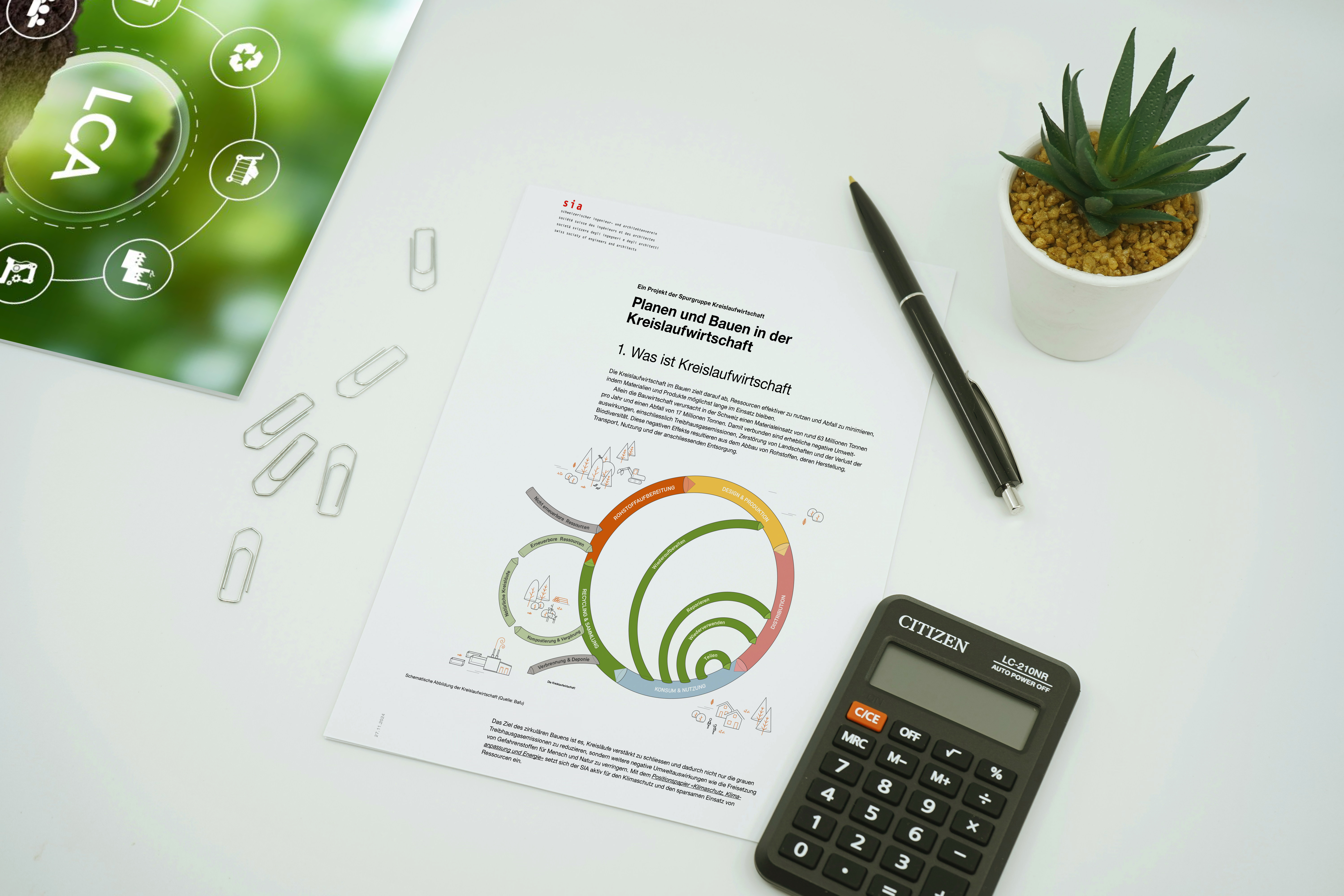
The building sector generates around 11 million tons of CO2 equivalents and around 80 percent of Switzerland's waste every year (1). The structure is the backbone of a building and plays a decisive role in its ecological balance. With a life cycle assessment, we support clients and architectural firms in comparing different structural variants and optimizing the design in terms of sustainability and construction costs.
Sustainability becomes a criterion in architectural competitions
Public and private clients generally base their projects on the three success criteria of quality, time and cost. Increasingly, they are also setting themselves ambitious goals in terms of sustainability. This is reflected in specific requirements for design teams in architectural competitions, for example in a maximum size for CO2 emissions per square meter, the use of sustainable materials or deconstructability for the reuse of components (re-use).
René Zemp, Head of Structural Engineering at Basler & Hofmann, is right to say: «From a climate protection perspective, it would theoretically be best not to build at all. In practice, we should build on and with the existing building whenever possible, i.e. convert or add storeys to a building, for example. If this is not possible, we as civil engineers can use our expertise to help ensure that buildings are built with as few emissions and materials as possible.»
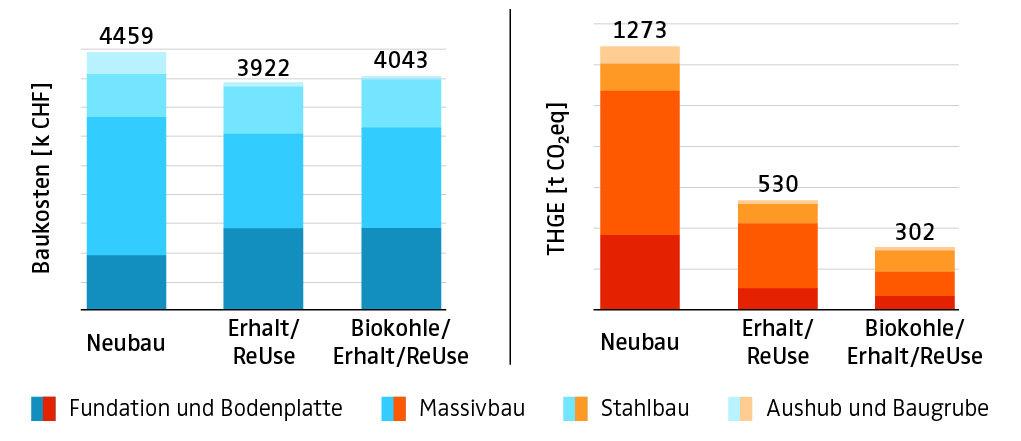
Strong structures, lean footprint: achieving climate targets in structural engineering
René Zemp is a member of an interdisciplinary team of sustainability experts and structural engineers at Basler & Hofmann who have pooled their expertise in a specially developed life cycle assessment tool. A life cycle assessment (LCA) can be used to calculate the environmental impact of a structure. This enables clients to efficiently compare different design variants in terms of equivalent greenhouse gas emissions (global warming potential THGE kg/CO2), non-renewable primary energy consumption (PENE KWh), environmental impact points (UBP) and construction costs.
Basler & Hofmann's life cycle assessment tool can be used to assess entire buildings, individual components such as ceiling or wall systems, as well as building or energy technology systems.
Informed decisions for sustainable building: 5 reasons for the life cycle assessment of structures
1. Increase in value
Sustainable real estate is in demand on the market. Those who build sustainably (with or without sustainability certification) can expect an increase in value in the long term.
2. Reduce emissions and construction costs
Saving materials reduces gray emissions and saves construction costs.
3. Material storage for the future
Clients who build today with the entire life cycle in mind invest in a material store for future projects (re-use).
4. Contribution to the sustainability strategy
Those who build sustainably contribute to climate protection and their own sustainability strategy (Swiss Building Culture Strategy, cantonal and municipal sustainability strategies, EU taxonomy, etc.).
5. Image gain
Developers who consistently focus on sustainable building take on a pioneering role and benefit from an improved image.
In the next Impulse article, René Zemp will explain in an interview why he and his team sometimes «go beyond» the system limits of Swiss standards in life cycle assessment and provide an insight into two specific project examples - a large archive building and a school - in which life cycle assessment was a decisive factor in the architectural competition.
(1) Espazium (08.01.2024): «Die Utopie einer klimaneutralen Baubranche»: Die Utopie einer klimaneutralen Baubranche | Espazium
